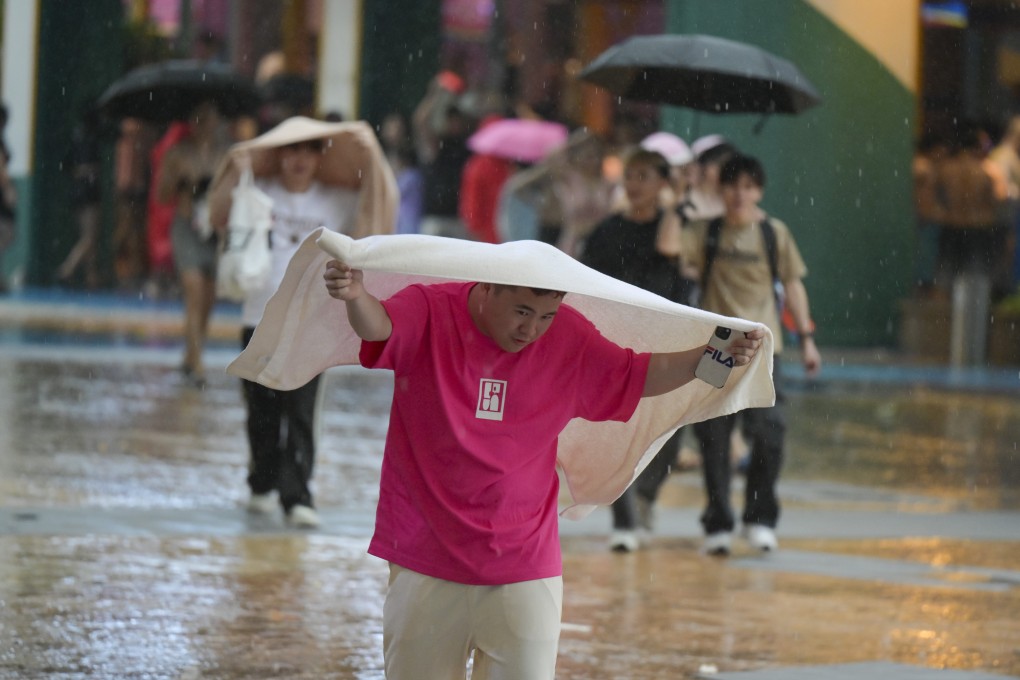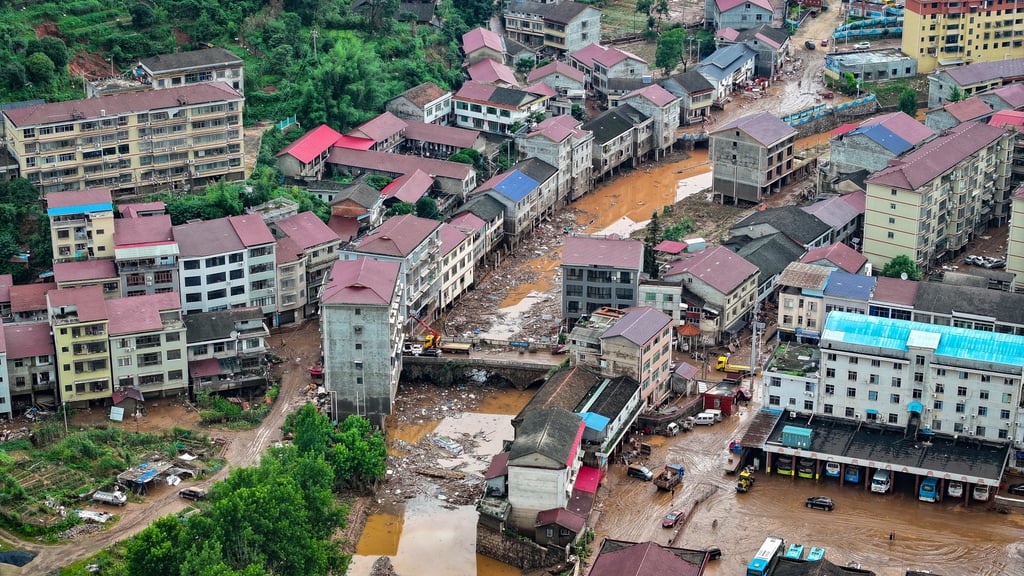My Take | China’s awe-inspiring roads, bridges and urban structures now face the test of extreme weather
- During a construction boom, many projects are completed in a rush and defects could surface under extreme weather, such as unusually heavy rainfall

China has been vulnerable to natural disasters throughout its history. In ancient times, the sheer size of the organised labour required to tame China’s unruly Yellow River was said to be a key reason why Chinese traditional political culture and social order came to value collectivism over individualism.
In modern times, China is still accustomed to reports of droughts and floods. After all, for a mountainous country the size of a continent, natural disasters are just “natural”. At the same time, as in many other parts of the world, China is facing more frequent extreme weather incidents. While climate change is a common challenge for all countries, China faces particular disadvantages in handling extreme weather given its infrastructure and population.
These frequent extreme weather incidents are coming after what was probably the biggest and longest construction boom in human history. In one widely cited figure, China used more concrete in the three years from 2011 to 2013 than the US did in the entire 20th century. While it is an extraordinary achievement to build numerous new roads, bridges and buildings in a short number of years, the quality of many of these projects has yet to be tested by the power of nature.

During a construction boom, many projects are completed in a rush and defects could surface under extreme weather, such as unusually heavy rainfall. Even if only a tiny number of these are “tofu projects” – a term coined by China’s former premier Zhu Rongji in 1998 after he inspected the poorly-built dykes along the Yangtze River – the human toll and financial cost could be dear. This summer, the collapse of a 18-metre section of a decade-old highway in north Guangdong killed 48 people, and in July, a 6-year-old road bridge collapsed in Shaanxi, killing 38 with 24 missing.
For many of China’s new urban areas, the focus of construction was often on “visible” achievements such as impressive skylines, dazzling light shows and spacious public venues. But spending on “invisible” infrastructure is often insufficient. For example, a common problem in Chinese urban planning is the underground drainage system. As a result, a few hours of heavy rain can easily flood a whole city with many “death traps” such as uncovered wells or exposed high-voltage electricity wires.
To make matters worse, there is an institutional problem behind China’s infrastructure development and maintenance. While local Chinese authorities are eager to see new projects, few local officials are keen to carry out “maintenance” of existing projects because such work will not deliver political capital for their careers. Further, as most Chinese cities have already accumulated heavy debt and many utility projects are struggling to achieve positive cash flows, the fiscal resources available to fix any problems are limited. In other words, the process of infrastructure breakdown may accelerate.

In addition, China’s ageing population and uneven population distribution have made it hard to handle disasters properly. As most young, capable hands are working in the cities, many rural communities have become deserted or populated by old people and “left-behind children” – both particularly vulnerable to natural disasters. In the recent floods in Hunan, for instance, a severe storm caused the collapse of more than 1,600 rural homes, killing at least 30. According to video clips posted on social media, many of those awaiting rescue were children and the elderly.

